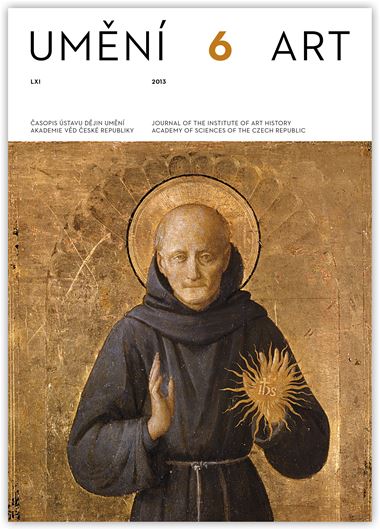Pavla Savická
The Winged Goddess: Iconographic Gloss on an Italian Renaissance Panel from the Collection of the National Gallery in Prague
The winged goddess on the panel depicting the Judgement of Paris in the National Gallery in Prague is traditionally deemed to be Minerva. This is clearly an error which first appeared in 1915 in Paul Schubring’s book on Italian Renaissance chests. On the basis of more recent literature this iconographic analysis of the Prague painting can be corrected and defined. In 1979 Luisa Vertova drew attention to the fact that in fifteenth-century Florence it was Venus who was portrayed with wings on her head and not Minerva, as Schubring claimed. It is particularly apparent in scenes of the Judgement of Paris where the wings function as a distinctive sign. Vertova believes that they are the wings of a swan or a dove. From surviving pictorial material it can be deduced that the Prague panel falls into this category and that the winged figure represents Venus. At the same time, however, almost certainly these are not the wings of a swan or of a dove. This specific attribute evidently does not come from the birds usually associated with Venus, but derives from more complex relationships between imagery and literature. The most interesting guideline in this direction is provided by a medal made for the wedding of Giovanna degli Albizzi and Lorenzo Tornabuoni in 1486, on which the winged Venus is accompanied by a quotation from The Aeneid. A winged Venus appears in a similar context in works by Apollonio di Giovanni which became the basis for many cassoni by other painters, probably including the author of the Prague panel. The iconographic type of Venus with a winged head is of Florentine origin but occurs North of the Alps a generation later.
Full-text in the Digital Library of the Czech Academy of Sciences:
https://kramerius.lib.cas.cz/uuid/uuid:c8fb89e5-ec8a-4956-9699-3990b695935f
< back

